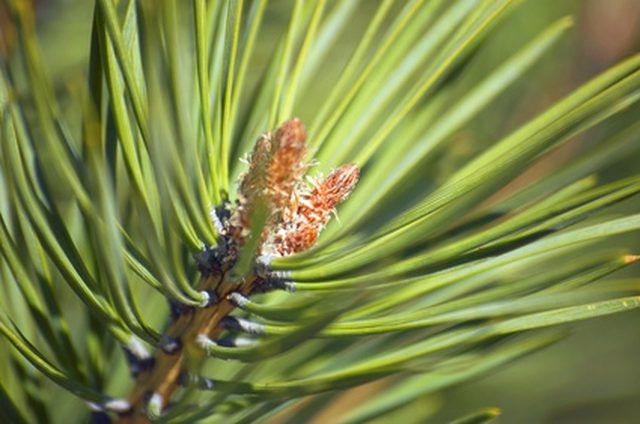Bulbs
Flower Basics
Flower Beds & Specialty Gardens
Flower Garden
Garden Furniture
Garden Gnomes
Garden Seeds
Garden Sheds
Garden Statues
Garden Tools & Supplies
Gardening Basics
Green & Organic
Groundcovers & Vines
Growing Annuals
Growing Basil
Growing Beans
Growing Berries
Growing Blueberries
Growing Cactus
Growing Corn
Growing Cotton
Growing Edibles
Growing Flowers
Growing Garlic
Growing Grapes
Growing Grass
Growing Herbs
Growing Jasmine
Growing Mint
Growing Mushrooms
Orchids
Growing Peanuts
Growing Perennials
Growing Plants
Growing Rosemary
Growing Roses
Growing Strawberries
Growing Sunflowers
Growing Thyme
Growing Tomatoes
Growing Tulips
Growing Vegetables
Herb Basics
Herb Garden
Indoor Growing
Landscaping Basics
Landscaping Patios
Landscaping Plants
Landscaping Shrubs
Landscaping Trees
Landscaping Walks & Pathways
Lawn Basics
Lawn Maintenance
Lawn Mowers
Lawn Ornaments
Lawn Planting
Lawn Tools
Outdoor Growing
Overall Landscape Planning
Pests, Weeds & Problems
Plant Basics
Rock Garden
Rose Garden
Shrubs
Soil
Specialty Gardens
Trees
Vegetable Garden
Yard Maintenance
Facts on Scrub Pine Trees
Facts on Scrub Pine Trees. The scrub pine is a medium-sized evergreen that is native to North America. A resilient and hardy tree, it can often be found growing in very poor, sandy soil. While it has the potential be relatively tall under ideal growing conditions, in less than prime circumstances, the scrub pine will exhibit a stunted growth...

The scrub pine is a medium-sized evergreen that is native to North America. A resilient and hardy tree, it can often be found growing in very poor, sandy soil. While it has the potential be relatively tall under ideal growing conditions, in less than prime circumstances, the scrub pine will exhibit a stunted growth pattern, remaining quite small.
Planting
From partial to well-drained or from loamy soil to clay, the scrub pine can be planted in almost any type of soil. It does best when placed in full sun and can be easily grown in USDA hardiness zones 5 through 8. With regular watering and annual feeding, scrub pines can live up to 90 years reaching 70 feet in height, though the average height is between 20 and 40 feet.
Roots
The roots of the scrub pine tree are home to a fungus that helps the tree to grow. If the fungus is not present, the scrub pine will fail to thrive and may even die. For this reason, a scrub pine should never be bare-root planted. The roots should remain covered in the old soil to ensure the survival of the fungus.
Uses
Because of its rapid growth pattern and ability to grow under a variety of conditions, the scrub pine is frequently used in situations where reforestation is necessary. Additionally, they are a popular choice for Christmas tree farms. In other commercial operations, the scrub pine is planted to be cut and milled for lumber or to be ground for wood pulp.